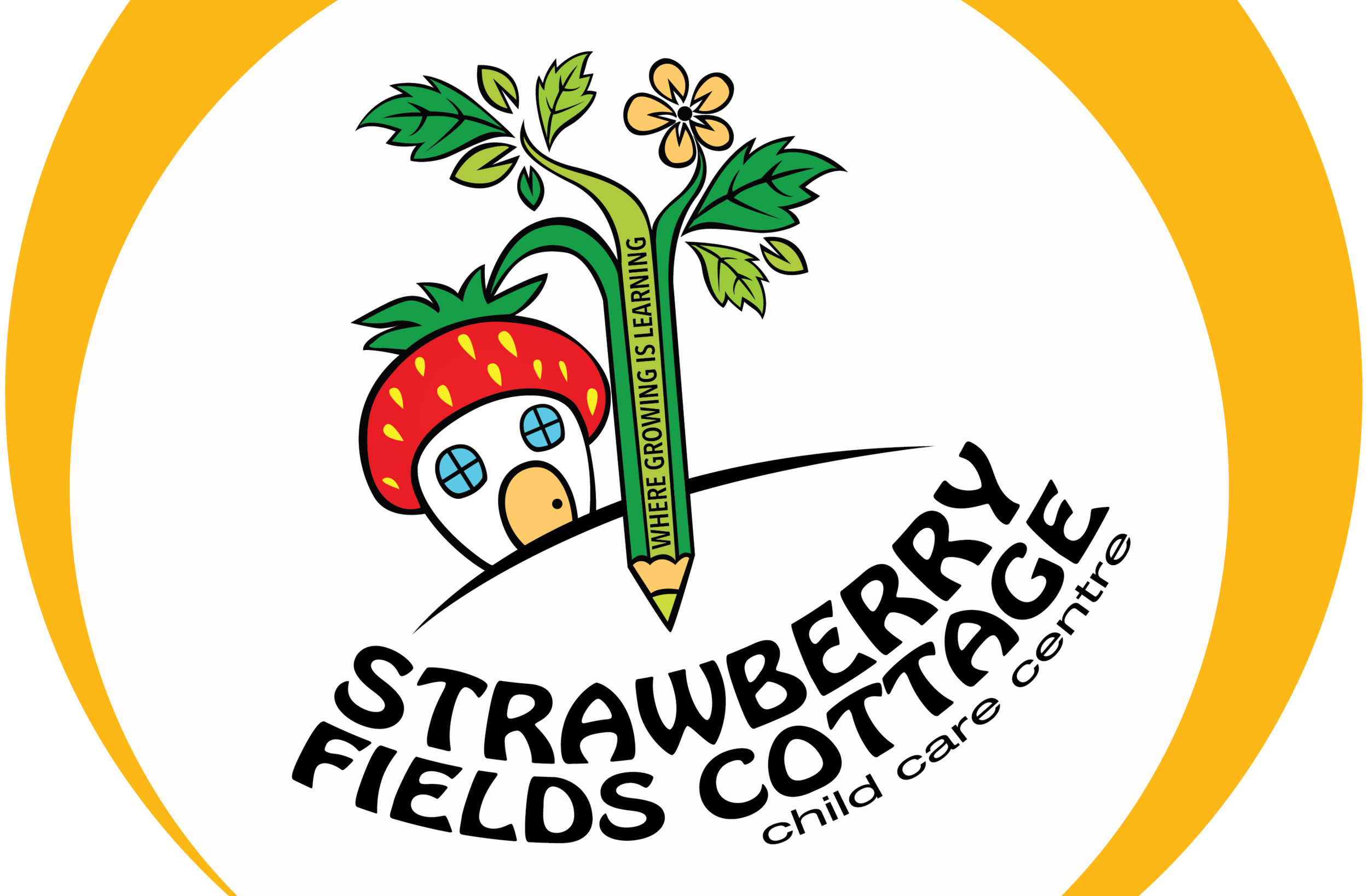0-2 YEARS
Our Ladybug Program
WATCHING AND LISTENING DEVELOPS LANGUAGE
We use our hands, eyes, face and words to communicate with very young babies, because this shows them how people communicate.
Soon, the baby’s babbling noises will sound like adult talk. They begin to take turns and wait for response.
Later, children will choose the right words and body language to communicate their feeling and needs.
1, 2, 3, 4, 5 IS ABOUT LEARNING NUMBERS NAMES
Children need to learn the order of the early number names by saying number rhymes and imitating the order they hear. When using number order to count objects children need to learn that the last number tells them how many.
“UP”, “DOWN” AND “NEXT TO”ARE ABOUT POSITION
When we talk about “up” and “down”, “over” and “next to”, children are learning about the position of something. Over time children learn that there are words (for example upside down, next to, behind) which describe position. Later, children learn to pay attention to position, order and direction.
They are key ideas in mathematics.
SHARING BOOKS IS BEGINNING READING
Being close to a special adult while looking at a book makes a baby feel warm and safe. Very young babies like nursery rhyme books best. The rhythms of the rhymes and the sounds of the words soothe them and they may touch, smell and even chew the book. Later, children will hold the book the right way up and turn the pages. They will choose favourite stories. Learning how a book works and that it is fun, is an important part of learning to read.
2-3 YEARS
Our Bumblebee Program
DRAWING AND SCRIBBLING LEAD TO WRITING
Letting children scribble and draw helps them learn to write. Over time, children learn that writing is a particular kind of “drawing” that carries a message. Later, children will learn that writing can be used to make lists, fill out forms and to tell people about things in stories and letters.
‘GROUPING’ AND ‘MATCHING’ ARE ABOUT COUNTING
When friends play together they often group things, and ask ‘How many are there altogether?’ Finding out how many there are of something helps children think about the group of things (and not just the last thing they counted). Later children will understand that a number can represent a group of things and will trust that number, for example5, will always represent a group of things.
‘HEAVY’ AND ‘LIGHT’ ARE ABOUT MASS
When children are lifting and carrying things they will talk about ‘heavy and light’ and ‘big and small’. Later, they will notice that the biggest things is not always the heaviest or the smallest thing not always the lightest. Having lots of experience like this helps children understand about ‘mass’ (how dense something is)
3-5 years
Our Butterfly Program
DESCRIBING THINGS AND GROUPING THEM DEVELOPS THE LANGUAGE OF CLASSIFYING
We ask children to describe objects and get them to look for similarities and differences. We help children to develop the language to classify, sort and group things.
They need language for classifying in literacy and numeracy later.
‘STRAIGHT’, ‘CURVED’ AND ‘BENT’ ARE ABOUT SHAPE
Using everyday words to describe shape such as ‘a raindrop’, ’egg shape’, ’curved’ and ’round’ are important for helping children understand shape. Over time children will use words such ‘triangle’, ‘square’ and ‘circle’. These words help children to talk about the shapes in their environment. Noticing and studying shape is important for learning geometry later.
‘UPSIDE DOWN’ IS ABOUT POSITION AND DIRECTION
When we talk about turning things around, moving things closer or state which way up something is, children are learning about the position of something. Position (where something) and direction (where they go) are key ideas in mathematics. Children learn to pay attention to position, order and direction.






